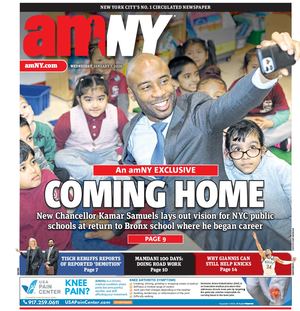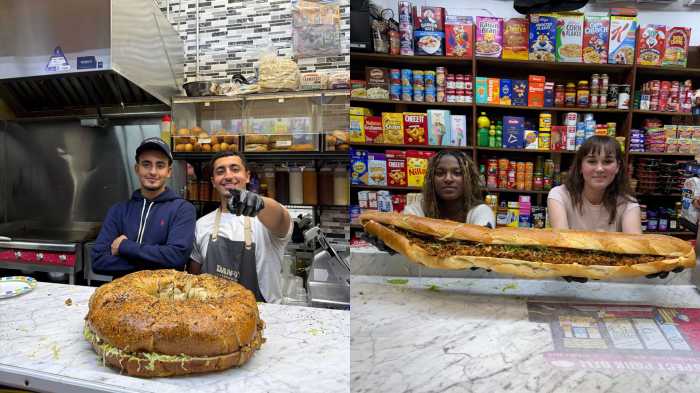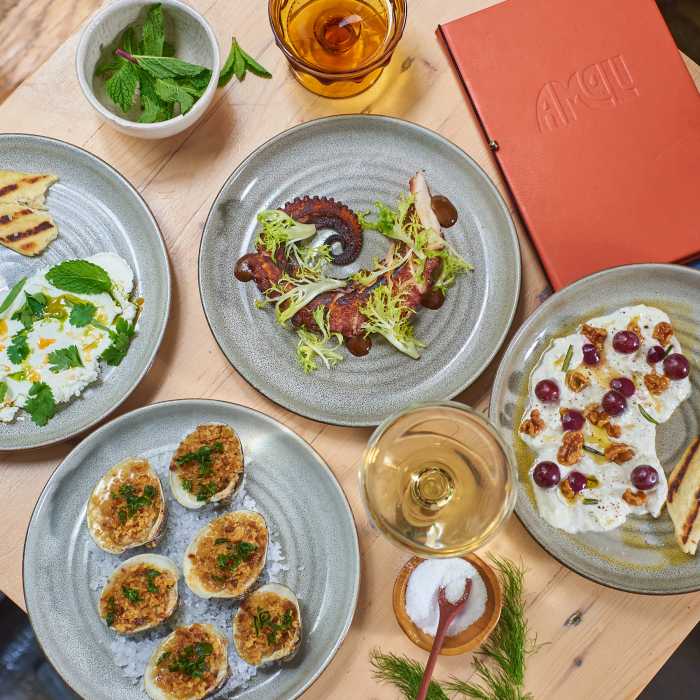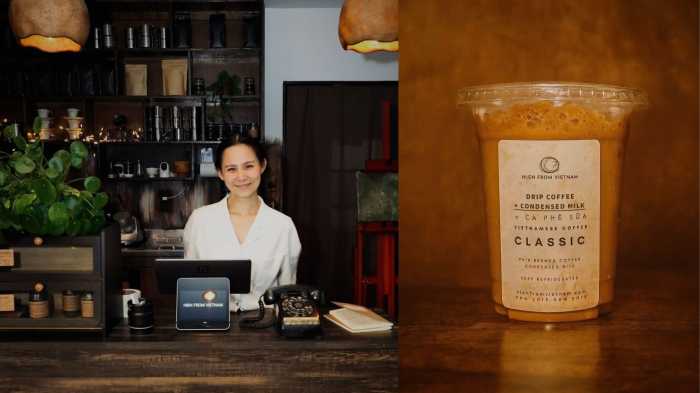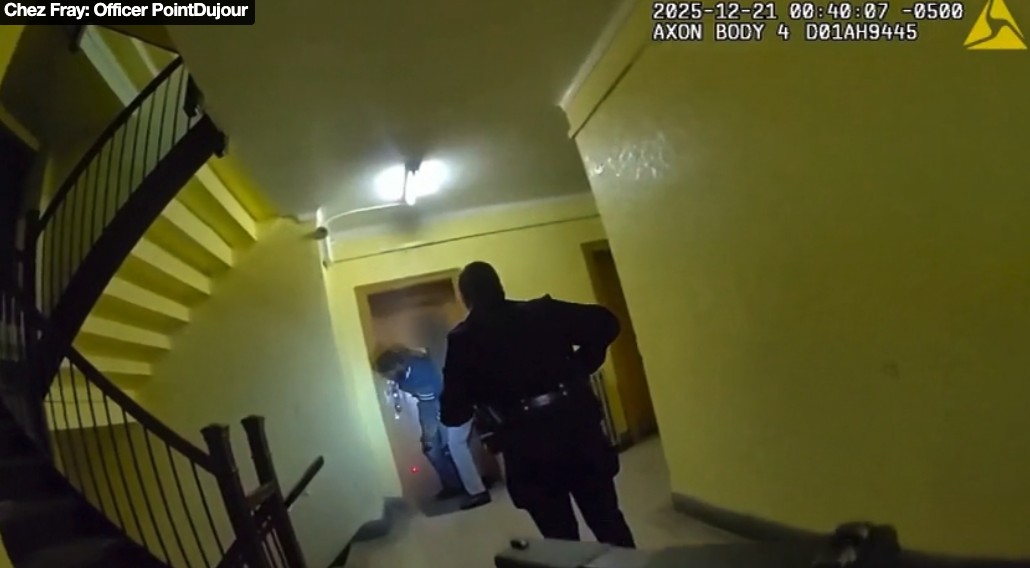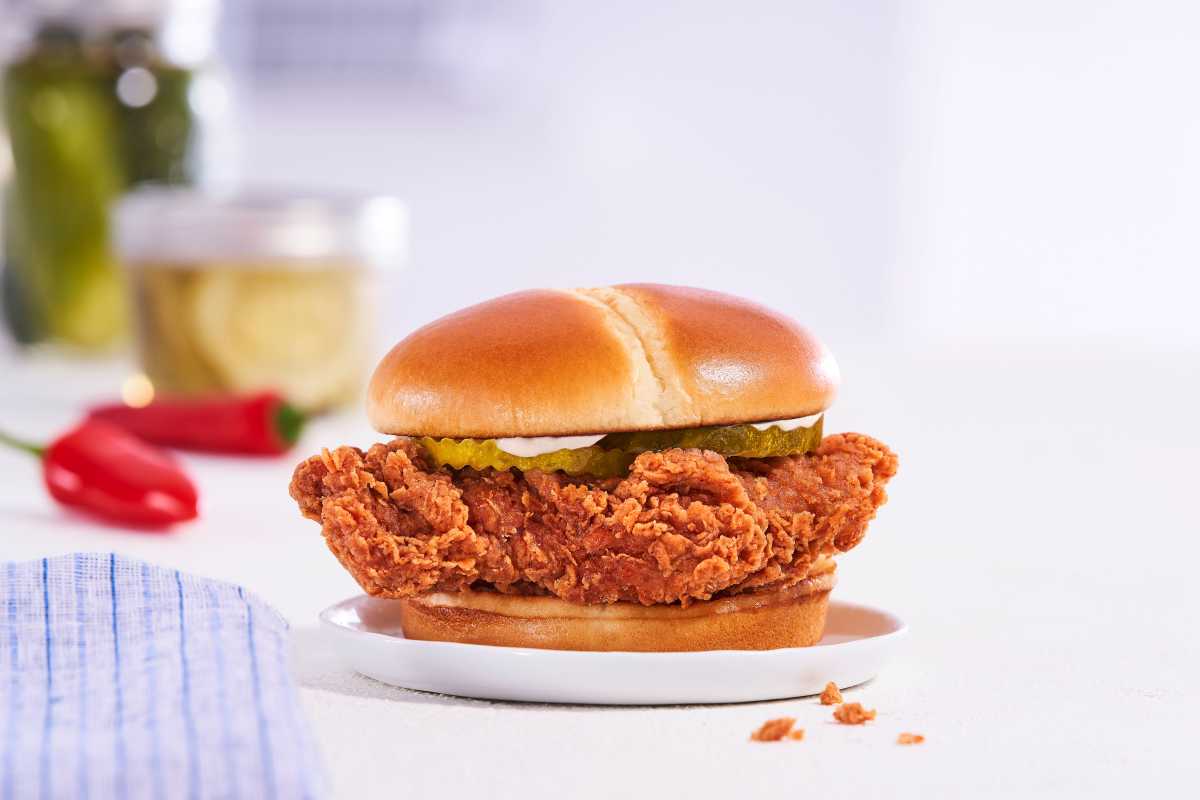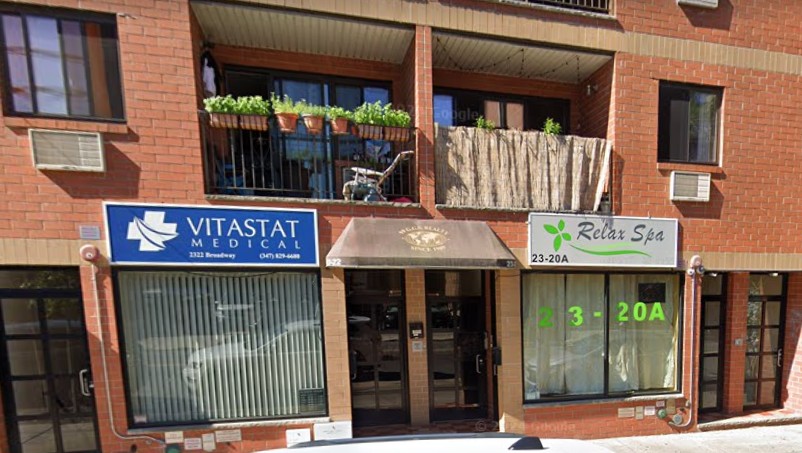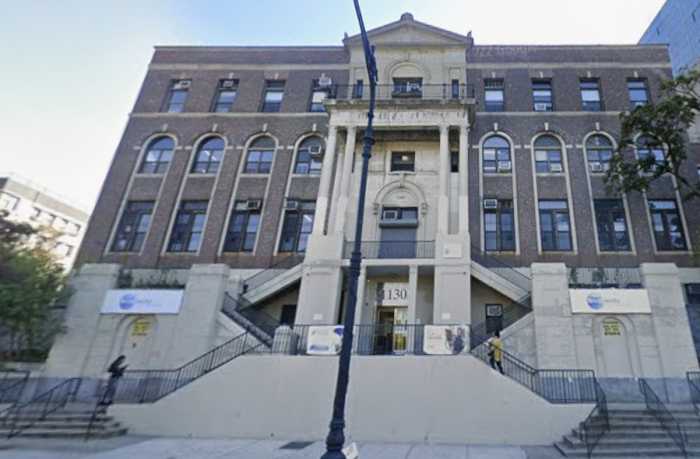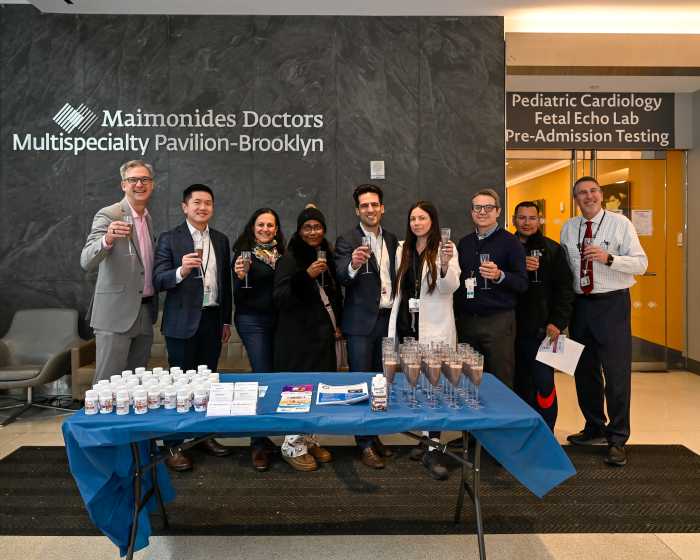New Yorkers who want to be charitable this holiday season have no shortage of opportunities, from volunteering their time, making donations and writing checks to charities. But what about all that excess food at restaurants and markets that would otherwise be thrown away?
By collaborating with food rescue organizations, many of the city’s thousands of restaurants, grocers and farms are working to ensure that their leftover food also helps to feed the more than 1.2 million New Yorkers who face hunger each year.
Multiple partners are helping to make sure that food rescue is, as Gramercy Tavern executive chef Michael Anthony puts it, “not a passing trend but a defining characteristic of the restaurant industry.”
The organizations
New York was among the first cities in America to salvage the mass amounts of leftover food from restaurants — traditionally thrown out at the end of dinner service — and turn it into meals for the hungry.
City Harvest, the largest food rescue organization in New York, was the first of its kind when it was established in 1982. More than 35 years later, the organization works regularly with more than 2,500 businesses across New York and has rescued 61 million pounds of food just this year.
In recent years, City Harvest has been joined by various other organizations with a similar mission to recover and repurpose leftover food across the city.
Rescuing Leftover Cuisine (RLC), which now operates in 16 cities across the country, was launched in New York in 2013 and now feeds an estimated 15 percent of those who turn to homeless shelters with the more than 1.7 million pounds of food it’s rescued from companies and individuals.
ReThink Food, an even younger food recovery organization, launched at the beginning of this year by former Eleven Madison Park chef Matt Jozwiak. ReThink works with many of the city’s top restaurants and uses the team’s impressive culinary backgrounds to build meals by cooking and combining the leftovers from all of its donors in its own kitchen space.
Where is all this food coming from?
City Harvest began working with its first few restaurants in the ’80s, but its regular food donors now include fine-dining spots like Le Bernadin, Per Se, and The Capital Grille, as well as quick-serve chains Pret-A-Manger, Panera, and Maison Keyser, all of which donate unsold sandwiches, salads and bread. The Beatrice Inn, Shake Shack, Beauty and Essex, Vandal and the Pierre Hotel are all among the “Chef’s Special Donors,” which each prepare a meal of at least 50 portions for City Harvest on a regular basis, and restaurants Aquavit and Le Bernadin both offer special City Harvest lunch menus that donate a portion of the proceeds to the organization.
Restaurants are not the organization’s only partners, and many of City Harvest’s food donations come from grocers like Whole Foods and Trader Joe’s, Union Square’s famous Greenmarket, catering companies Blue Apron and Plated, and even some corporate businesses like Amazon and Related Cos.
City Harvest also likes to include individuals as much as possible and so runs events like the current Daily News Food Drive, the biggest in the city. “It’s a great way for New Yorkers to get involved,” says Ruth Lindner, one of the organization’s food sourcing managers.
RLC also boasts a long list of donors throughout New York and its 15 other cities, including top restaurants like Cosme and ATLA as well as newcomers that place an emphasis on food donation in their own missions. For example, Proper Food, an all-natural, grab-and-go spot that recently opened its first New York location in the financial district, recognized that having fresh food every day meant always having leftovers.
“I just couldn’t imagine throwing away so much perfectly good food when so many people are hungry,” says Dana Bloom, the chain’s owner and co-CEO.
Bloom and her team knew that it would be extremely difficult to arrange food donations on their own, so they partnered with a New York-based, third-party organization — RLC. The healthy lunch haven expects its New York space to add to the more than 250,000 meals it’s already donated since 2014.
ReThink Food varies slightly from its food rescuing colleagues. While all three organizations work to save otherwise wasted food and use it to feed the city’s hungry, ReThink really lets its culinary roots shine through. Jozwiak believes that if salvaged food was brought to a kitchen and reimagined as new dishes, it could go even further than traditional donations.
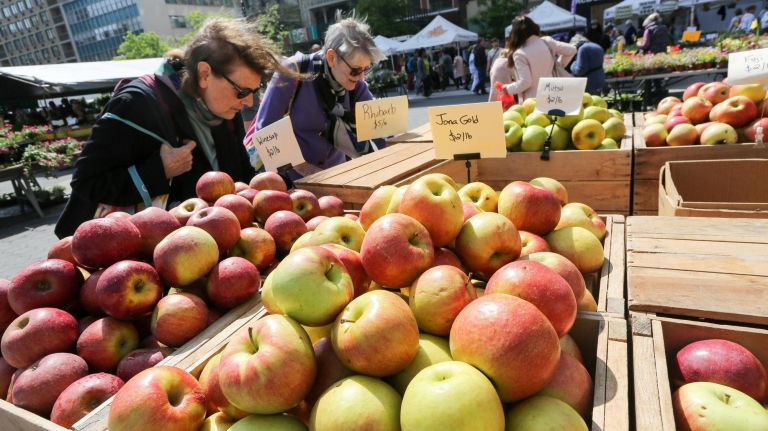
For Jozwiak, it was about “curating the right list of restaurants — leaders in the industry,” he says. Nearly a year in, this list includes the chef’s alma mater, Eleven Madison Park, the NoMad, Gramercy Tavern and The Grill.
“What I like about ReThink,” says Gramercy Tavern executive chef Anthony, “is that they have an expertise and a good sense of food policy.” The organization collects leftover food from Gramercy four times a week after the restaurant’s dinner service. “We’re not really producing a massive volume of leftovers — we wouldn’t be in business if we did,” adds Anthony, who has worked with City Harvest and sits on the board of God’s Love We Deliver. “But ReThink provides a helpful space,” he says.
Eleven Madison’s casual, grab-and-go sister restaurant, Made Nice, also donates to ReThink, but the restaurants have launched their own rescue. The initiative, dubbed “Make It Twice,” will see unused food from the three-Michelin-starred restaurants turned into new Made Nice menu items, available on a limited basis. Eleven Madison’s signature bread will become French toast croutons for Made Nice’s soft serve, among other transformations, and each of the three or so weekly pickups will elicit 24-hour turn-around times from rescue to completion. Make It Twice, which is scheduled to run through New Year’s, “came up as a collaboration, but I do see this as something we could do forever,” says Made Nice chef Danny DiStefano.
The logistics
Getting millions of pounds of food from restaurant kitchens and grocery store aisles to soup kitchens and homeless shelters, often with a pit stop at a re-packing warehouse in between, is far from easy, and doing it against an ever-ticking clock of freshness is even more challenging. That’s why organizations like City Harvest, ReThink and RLC rely on diligently timed pick-ups and fast-working team members.
City Harvest operates with a fleet of 22 trucks that pick up donations from all five boroughs seven days a week. The rescued food is then brought to the organization’s Long Island City facility and sorted as needed before it is delivered the same day to City Harvest’s network of about 400 food banks, soup kitchens and homeless shelters across the city, based on need.
RLC relies almost entirely on volunteer workers, with only a handful of actual employees. Volunteer rescuers can help out daily, weekly, or sporadically, provide their own transportation, and collect leftover food from donors between a couple times a week and daily.
ReThink Food has two teams of truck drivers (morning and evening) that pick up donations as quickly and unobtrusively as possible. ReThink provides its own food containers, typically purchased from the soup kitchens and shelters, and will package the leftovers themselves, taking the onus off of already-busy restaurant staffs.
“Rather than telling restaurants what to do, we ask how we can help in order to accomplish our goal,” explains Jozwiak.
The ReThink trucks then bring donations back to the organization’s kitchen, where it is all combined and reworked to create five solid menu items each day. “This provides more accountability for the number of meals made,” says the founder, “and by re-thermalizing everything, we get rid of the fear of safety.” Finally, the new meals, which each feature a protein, a grain, and a vegetable, are delivered to five separate food banks, mostly in Brooklyn.
“We really want to be as real, purposeful and reflexive as possible,” adds Jozwiak.
